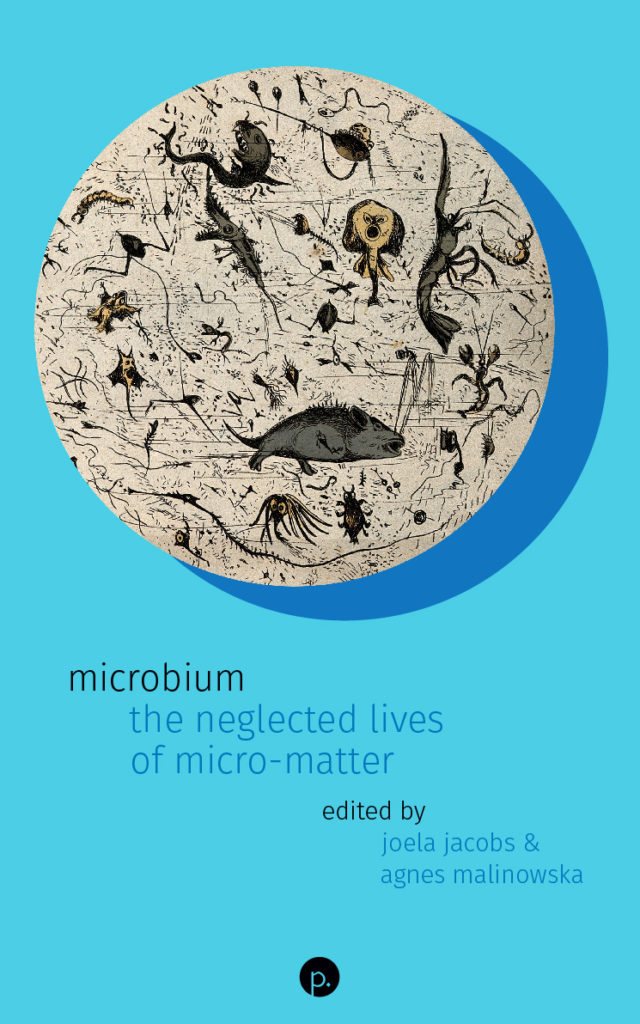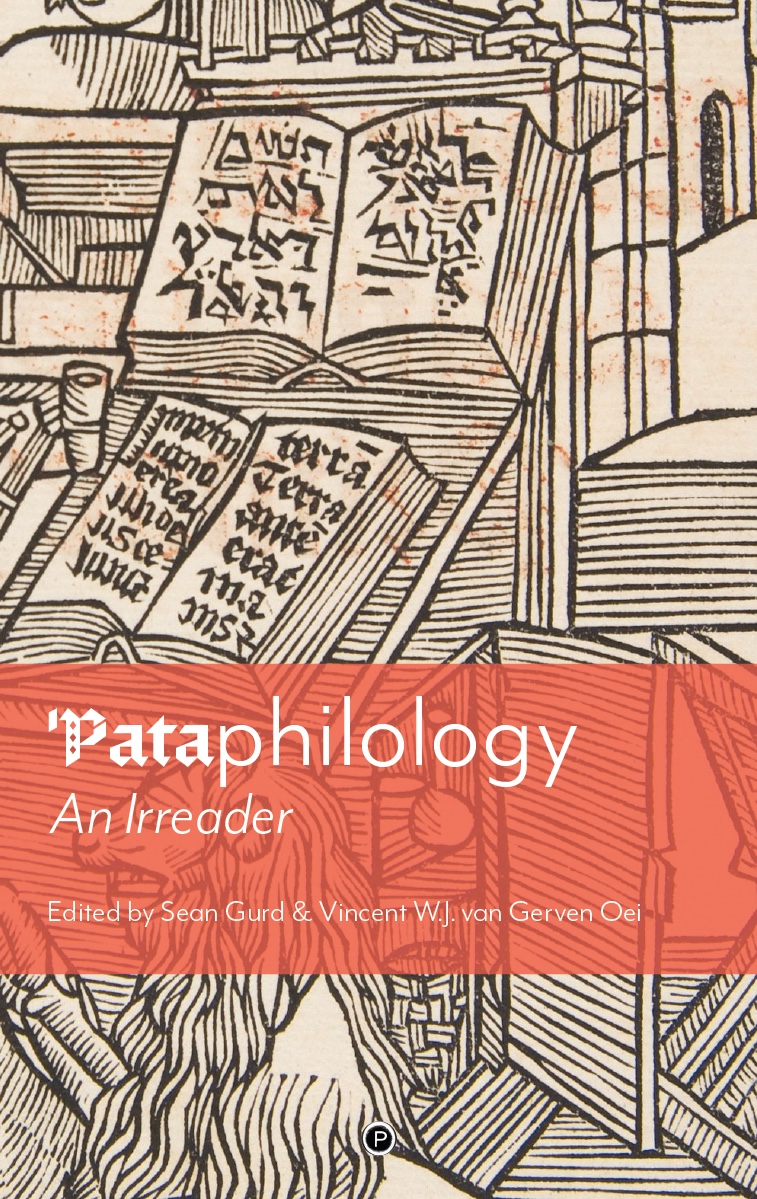Microbium: The Neglected Lives of Micro-matter tells the story of small matter such as bacteria, coral, fungi, lichen, pollen, protozoa, and viruses. With short entries that are organized like a herbarium or similar specimen collection, the book is a “microbium”—both the term for a single microbe and a play on “microbiome.”
As such, Microbium makes visible the often overseen but huge impact of miniscule matter on human culture and the environment. Each entry is a “microscopic reading” that describes the natural history and scientific discovery of a particular form of micro-matter, while also telling a story about the cultural and artistic roles it has played over the centuries. From the poetry of Emily Dickinson to the “coralness” of coral reefs to contemporary literature about the COVID-19 pandemic, this book places micro-matter under a cultural microscope and translates the significance of the invisible interspecies social realm to the human scale, magnifying the many ways in which micro-matter matters. Ultimately, Microbium shows the potential of micro-matter to teach us how to revitalize our political and cultural systems, habits of thought, and aesthetic or representational modes.







2 thoughts on “Microbium: The Neglected Lives of Micro-matter”